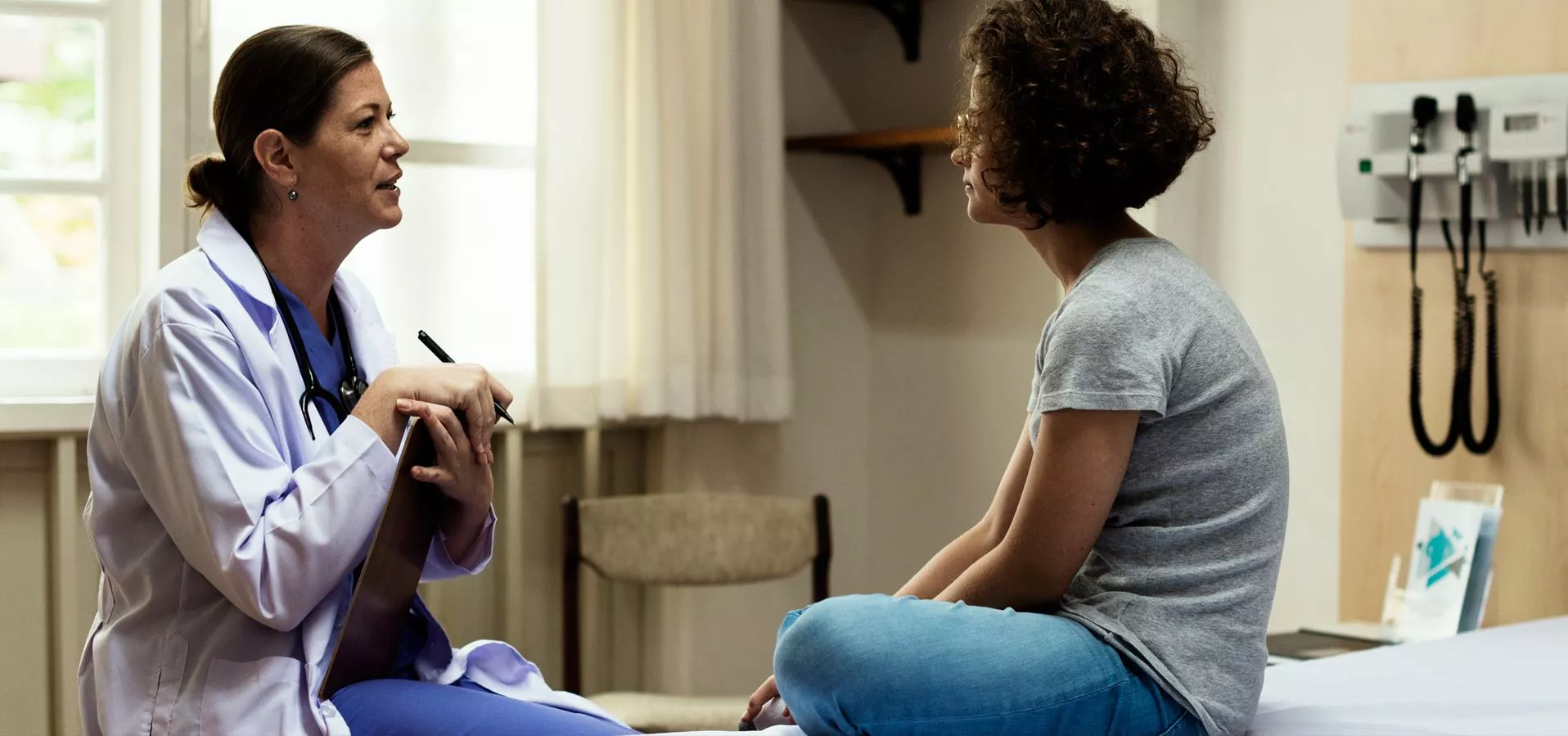NAAT Testing for M. Gen Allows for Accurate Diagnosis, More Effective Treatment Decisions, and Long-Term Patient Health

It is essential that healthcare providers know when to test for this historically elusive pathogen.
The tiny, elusive microbe M. genitalium (M. gen) presents similarly to better known urogenital tract bacterial infections such as trichomoniasis, chlamydia, or gonorrhea.1,2 Colonizing both male and female reproductive tracts,3-5 M. gen is an under-diagnosed sexually transmitted infection (STI) that may cause serious morbidities, including infertility, preterm birth, and spontaneous abortion.6,7 Because treatment for this pathogen is distinctive, accurate detection is critical—and as of 2019, the first FDA-cleared M. gen test is helping make this a reality.8
First mapped in the 1980s, routine clinical diagnosis of M. gen remained largely unfeasible until the first nucleic acid amplification test (NAAT) was cleared nearly 40 years later, mostly due to M. gen’s size (<1 micron in length & 580 kb genome) and slow growth rate (~5 months) in culture.9 M. gen also lacks cellular walls,10 making it both undetectable through microscopy and untreatable with cell wall mediated antibiotics used to clear more commonly known STIs.9 Consequently, the adverse effects of M. gen have long been allowed to persist in more patients than have thus far been reported.
The prevalence of M. gen is higher than gonorrhea and, at times, as high as chlamydia.5 It is detected in up to 30% of women with clinical cervicitis or urethritis, and up to 22% of women with pelvic inflammatory disease (PID).11 In men, M. gen is detected in ~40% with persistent/recurring non-gonococcal urethritis (NGU).11
In 2019, M. gen detection became a reality for healthcare providers when the first NAAT, the Aptima® Mycoplasma genitalium assay, was cleared by the U.S. Food and Drug Administration (FDA).8 A few years after accurate M. gen detection became available, the Centers for Disease Control and Prevention (CDC) updated its 2021 STI guidelines. M. gen was classified as an STI, and testing and treatment guidelines were added.11
NAAT testing for M. gen is now recommended for women with recurring cervicitis and should be considered for women with PID.11 Testing is also recommended for men with recurrent NGU.11 NAATs, which deliver results in about 3 hours12, are significantly more sensitive than cell culture tests,9 which take up to 6 months.11 DNA-based tests can miss up to 40% of M. gen infections while rRNA-based NAAT tests have shown up to 100% sensitivity.13
Under-diagnosed and under-reported M. gen can cause serious, and even permanent, harm to the sexual and reproductive health of patients. The availability of the NAAT assay for M. gen finally allows for accurate and timely testing to guide effective treatment. Further, these assays will help increase healthcare providers’ understanding of this long-elusive pathogen and develop new strategies to fight it.

